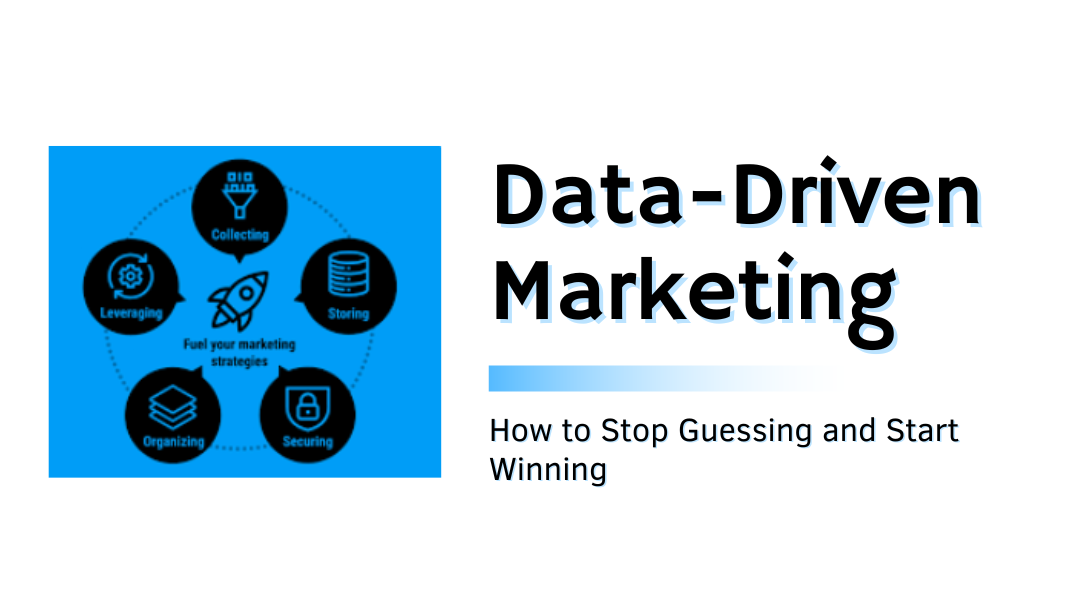Most marketers are drowning in data but starving for insights. You’ve got Google Analytics dashboards, social metrics, email open rates, and CRM reports. But without a clear strategy, it’s just noise. Here’s how to cut through the clutter and use data to actually improve your marketing.
Step 1: Know What Matters (And What Doesn’t)
Not all data is useful. Vanity metrics (looking at you, “likes” and “impressions”) might make you feel good, but they don’t pay the bills. Focus on what actually impacts your business:
- Engagement that means something – Comments, shares, and saves show real connection.
- Conversions – Are people signing up, buying, or booking? If not, why?
- Retention – Are one-time buyers coming back? Are subscribers sticking around?
Pro tip: If a metric doesn’t help you make a decision, stop tracking it.
Step 2: Listen to Your Audience (Not Just the Numbers)
Data tells you what happened, but your audience tells you why.
- Read comments and DMs – Are people confused? Excited? Indifferent?
- Run micro-polls – Ask followers, “What content helps you most?”
- Check reviews – If customers keep mentioning the same pain point, fix it.
Example: A skincare brand noticed a spike in returns for their “oil-free” moisturizer. Comments revealed customers expected it to be matte, but it left a shine. They tweaked the formula and relaunched—sales jumped 30%.
Step 3: Use the Right Tools (Without Overcomplicating It)
You don’t need expensive software to start.
- Google Analytics (free) – See where your website traffic comes from and where it bounces.
- Meta Business Suite – Track which Facebook/Instagram posts drive real engagement.
- Hotjar (free plan) – Watch session recordings to see how users actually navigate your site.
Avoid tool overload. Pick 2-3 that answer your biggest questions, then master them.
Step 4: Test, Tweak, Repeat
Data’s real power? Helping you iterate faster.
- A/B test everything – Email subject lines, ad creatives, even CTA button colors.
- Kill what’s not working – If a campaign flops after a week, pivot. Don’t “wait and see.”
- Double down on winners – Found a post that converts? Turn it into a lead magnet, ad, or product.
Real-world example: An e-commerce brand tested two Instagram ad visuals—one with a model, one with just the product. The product-only ad got 3x more clicks. They switched all ads to that style and cut their cost per sale in half.
Step 5: Make Data a Team Sport
Marketing isn’t siloed. Share insights across your company:
- Weekly 10-minute syncs – “Here’s what worked, here’s what bombed, here’s what we’re trying next.”
- Simple dashboards – No jargon. Just key metrics anyone can understand.
- Celebrate wins (and fails) – If a test flops, that’s valuable. Document it and move on.
The Bottom Line
Data isn’t about reports—it’s about making better decisions, faster. Stop tracking everything and start focusing on what actually moves the needle for your business.
Your action plan:
- Pick one metric to improve this month (e.g., email click-throughs).
- Run one test (e.g., shorter subject lines vs. emoji-heavy ones).
- Adjust one campaign based on what you learn.
That’s it. No paralysis by analysis—just progress.
